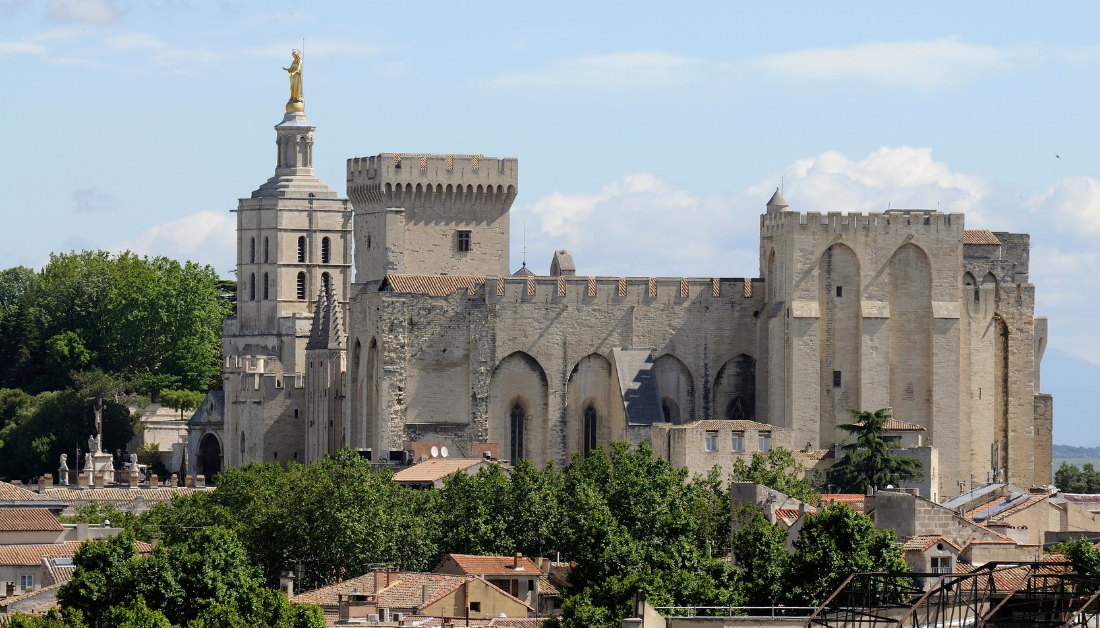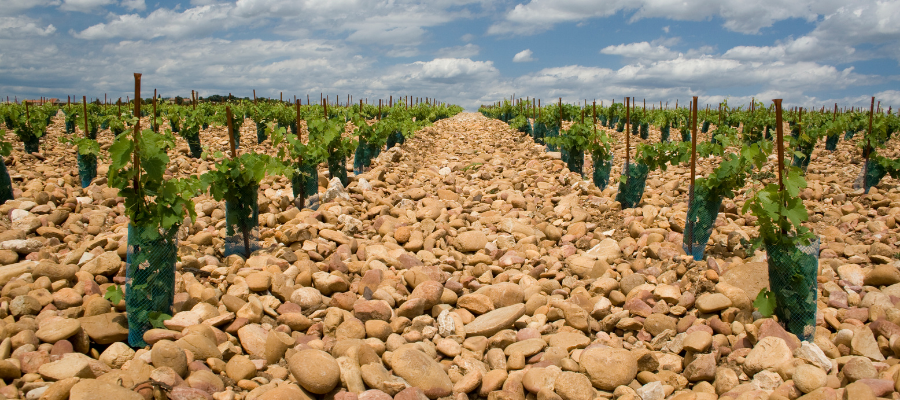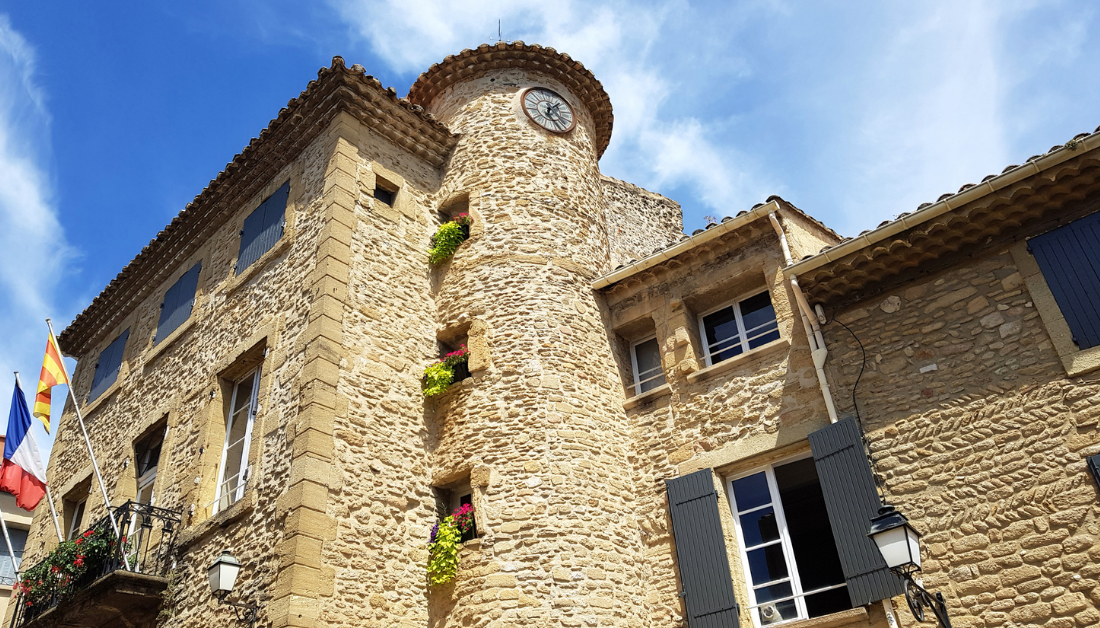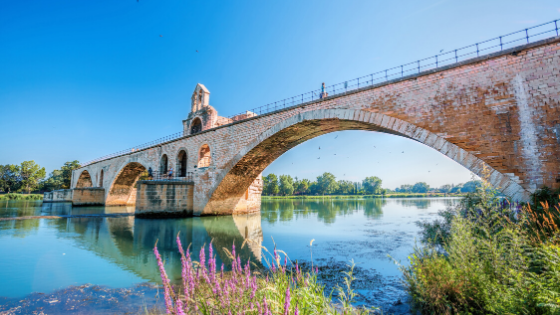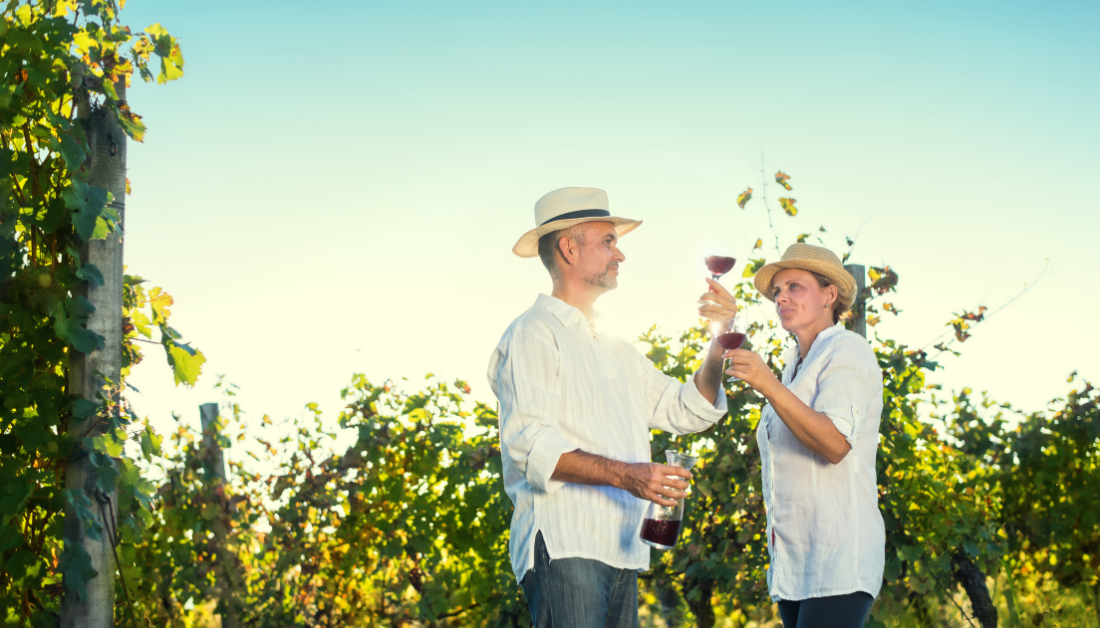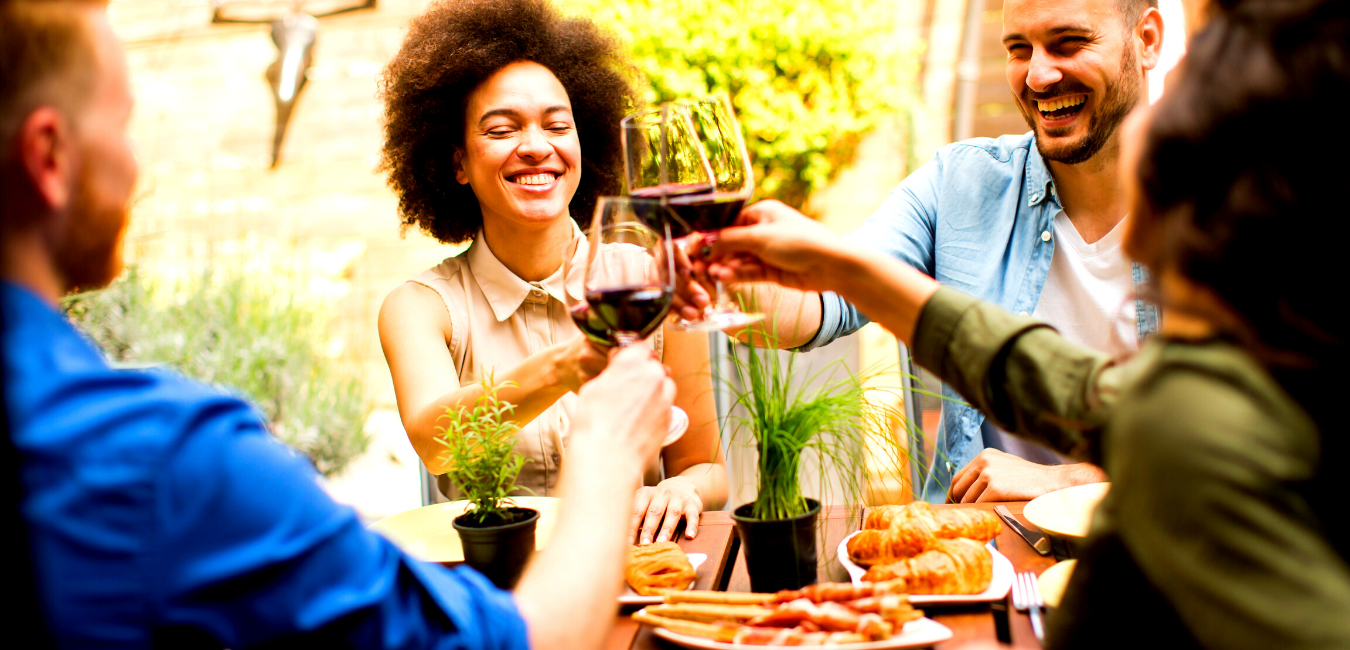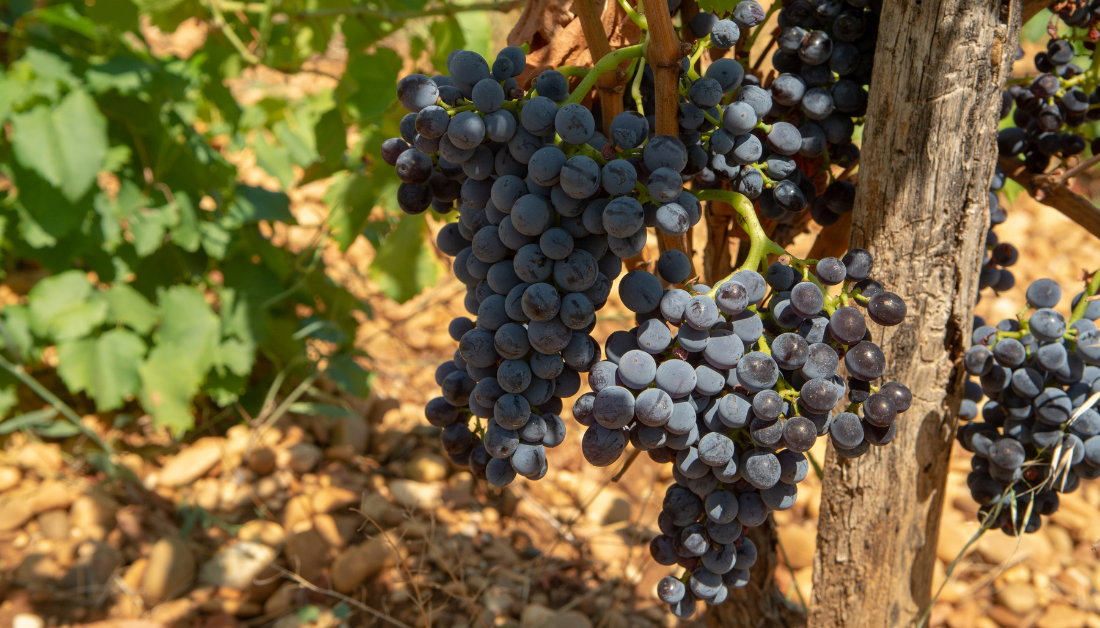The Legendary Châteauneuf-du-Pape
Carol Wolniakowski
One of the most fascinating aspects of wine is the history and tradition behind the label. This is especially true in the Rhône Valley of France, home to the wines of Châteauneuf-du-Pape. With multiple UNESCO World Heritage Sites and thousands of years of civilization, the Rhône Valley is home to incredible historic sites including Châteauneuf-du-Pape, the “Pope’s New Castle.”
Châteauneuf-du-Pape is the name of a village, a designated wine region and the wine itself. Forever entwined with papal history, Châteauneuf-du-Pape is one of the most renowned and popular appellations of the enchanting Rhône Valley.
In 1308, Pope Clemens V moved the papacy from Rome to Avignon, ushering in the seventy-year era of the Avignon Papacy. Of course, there are many explanations for the relocation (such as security and stability while Rome was undergoing various upheavals). But the so-called Avignon popes were also said to be avid wine-drinkers, and promoted the local wines there along with other French wine like Burgundy. Pope John XXII (who canonized St. Thomas Aquinas) also built the castle, which sometimes stands in as a symbol for the iconic appellation.
Hundreds of years later in 1923, it was the first wine to be introduced as an Appellation Contrôlée, the precursor to apellation d’origine contrôlée (AOC). Naturally, it is not just its historical significance that makes Châteauneuf-du-Pape wines such a delightful appellation.
Grown over about 8,000 acres, wine production here accounts for more than all the wines produced in the Northern Rhône Valley combined. Châteauneuf-du-Pape, grown in the Southern Rhône, enjoys frequent sunshine and mistral winds to carry away moisture and thus, intensify the dry climates.
Up to 13 different grapes are officially allowed to be blended in the wine, including Grenache, Syrah, Mourvedre, Cinsault, Counoise and Terret Noir grapes. And while there are both red and white varietals of the appellation, a whopping 94 percent of the wine produced is the rich, full-bodied red wine.
Red Châteauneuf-du-Pape bursts with luscious aromas of blackberries, strawberries, black currants and plums. As the wine ages, it develops notes of leather, game and herbs like sage and rosemary. The bold flavors pair beautifully with hearty dishes like grilled beef, duck, sausage, lamb and stews.
White Châteauneuf-du-Pape is a rare and highly sought after wine. Like the red, it is often made with a blend of grapes such as Grenache Blanc, Roussanne and Clariette Blanche. With a rich and creamy texture, the wine possesses floral, fruity notes from peaches and lemons to baked apples and honeyed apricots. Excellent food pairings include hearty fish and seafood, smoked chicken, roasted pork, quiche and creamy cheeses.
The historic region of Châteauneuf-du-Pape is a must-see for any wine enthusiast. Pair your visit with a journey through the entire Rhône Valley for more historic sites, Roman ruins and spectacular wines. One of the best ways to experience the valley is on a cruise along the Rhône River. Visit an array of different quaint villages and iconic vineyards - all without having to pack and unpack! Click here for more info on wine cruises.
Reach out to us today for availability on our wine groups to the Rhône Valley or to create a group trip of your own. Whether traveling with winemakers, family, colleagues or old and new friends, the camaraderie and shared experiences of a wine country journey are truly unforgettable.


